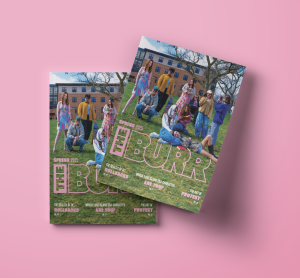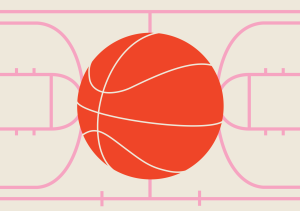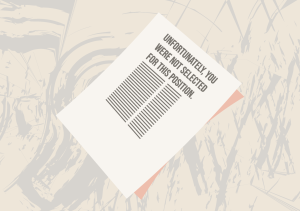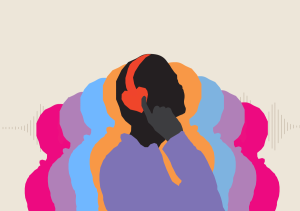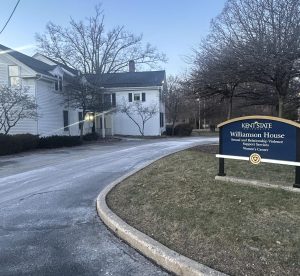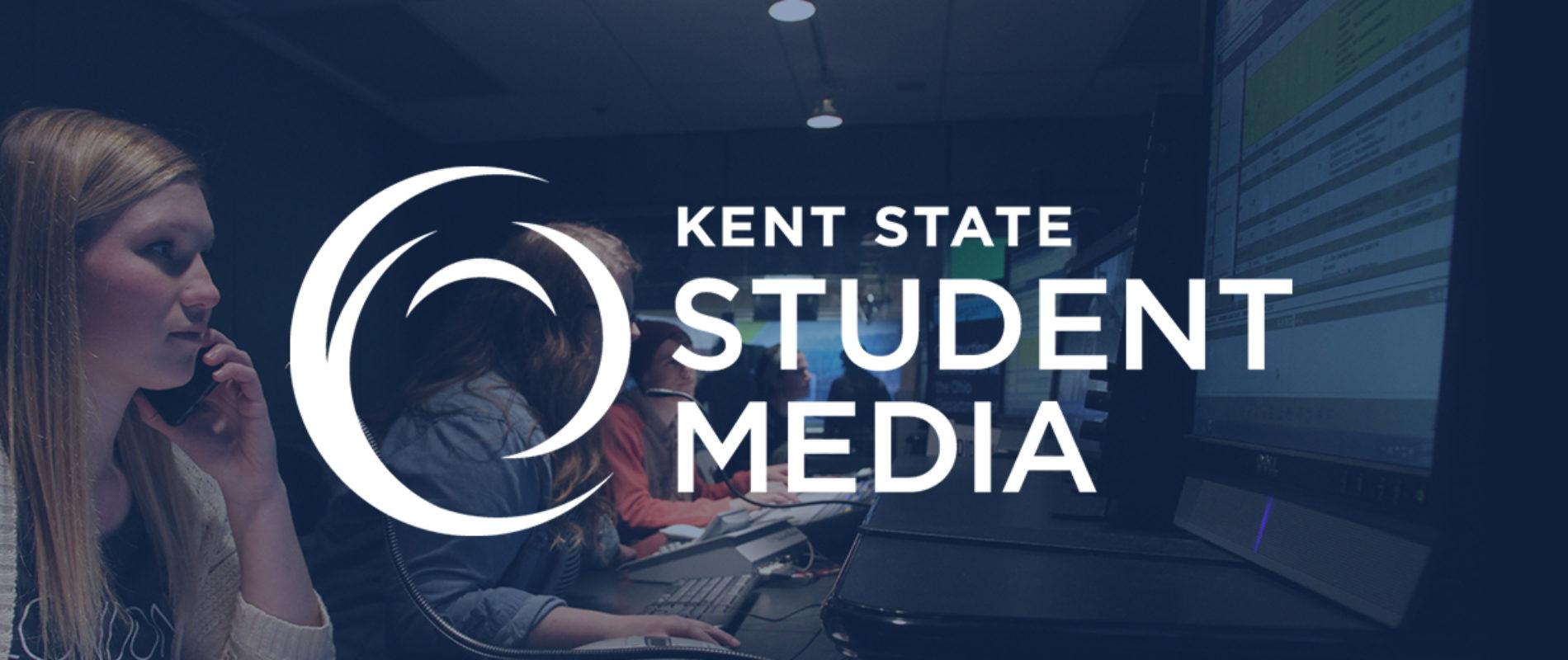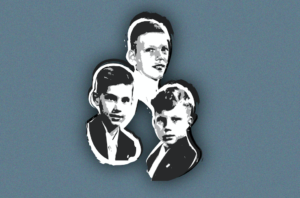Student Accessibility Services showcases its resources at Wednesday’s open house
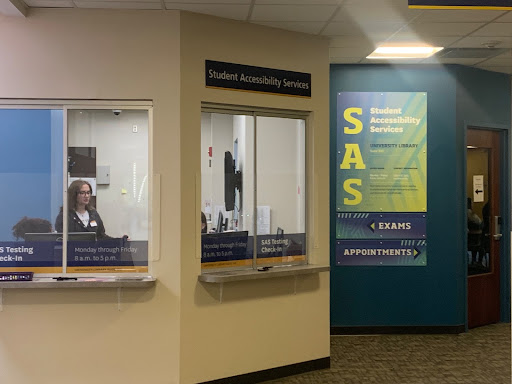
Student Accessibility Services is located on the first floor of the University Library. SAS held an open house Wednesday. Photo by Isabella Schreck
February 11, 2023
Amanda Feaster thinks the word “disability” does not need to be scary.
As the director of Kent State’s Student Accessibility Services, or SAS, Feaster and her team provide accommodations for students with disabilities to make learning, working and living easier. The department held an open house to connect with students this new semester Wednesday by the SAS office on the first floor of the library.
“‘Disability’ is a word that a lot of people don’t know, or if they do know, sometimes there’s a big stigma around it that makes people nervous,” Feaster said. “I don’t want people to be afraid of the word ‘disability,’ whether it applies to them or whether it applies to someone they know.”
SAS offers a “huge list” of accommodations – used in and outside the classroom – for students with mental and physical disabilities.
Students can receive extended testing time and reduced-distraction testing environments. For people who are deaf or hard of hearing, real-time captioning is available. The department connects students with service animals and provides housing and dining accommodations. Temporary disabilities, like a broken bone, are also accommodated.
“Our accommodations are based on people’s individual disabilities,” Feaster said. “Every week, we add more things.”
Students with a disability documented by a licensed or properly-credentialed professional can complete an application for accommodations on SAS’s website.
Zachary Strickler, SAS’s neurodivergent coordinator, focuses on neurodivergent students, such as students with dyslexia, Asperger’s syndrome or autism.
Strickler uses grounding and organizational strategies to get students “back on track.”
“While they’re all fairly simple things, when one’s in the moment and not sure how to organize themselves, having somebody help guide them is quite beneficial,” Strickler said. “The whole premise of grounding is to use sensations such as touch, taste, smell to get themselves back in the moment and then start working towards wherever they’re at.”
SAS works with the Center for Adult and Veteran Services, Student Multicultural Center, Women’s Center, International Student Affairs and the LGBTQ+ Center to address students with intersectional identities.
The department refers students to tutoring and other academic services, and it holds activities throughout the semester, such as workshops on disability management.
Tiffany Richardson, a general caseload assistant for Opportunities for Ohioans with Disabilities (OOD), came to the SAS open house to share the resources the State of Ohio agency offers for all people living in Ohio with disabilities.
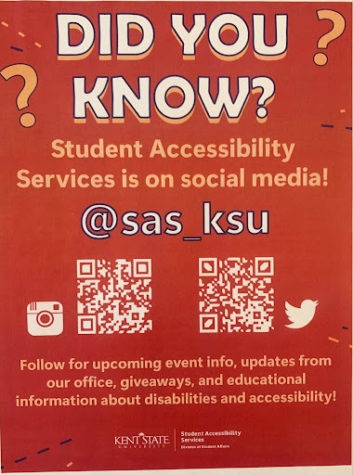
Photo by Isabella Schreck
She said OOD helps provide students with the skills they need to be successful in school and in future careers, including assistive technology, career exploration and counseling and potential financial aid.
“People have this negative stigma for people with disabilities, and they believe that they are less than – they don’t see them as equals,” Richardson said. “So now with all the different rules and regulations, they’re permitting individuals with disabilities to have their own rights and to be seen as members of society.
So being able to provide them with additional support so they can be successful and reach that goal, that’s a great resource to have.”
Jessica Vass is a counselor for the Kent State Ohio College2Careers program within OOD, which runs in 17 colleges and universities across the state.
Feaster said SAS works to create a more inclusive environment for students with disabilities.
“Two hundred years ago, when we think about who could go to college, it was rich, white,
land-owning men – that’s not who our students are now,” she said. “The institutions of higher education and the system haven’t really caught up with that. And so in a lot of ways, our disabled students are seeing a lot of barriers within that environment that are getting in the way of them being successful. Our job is to where we can remove those.”

